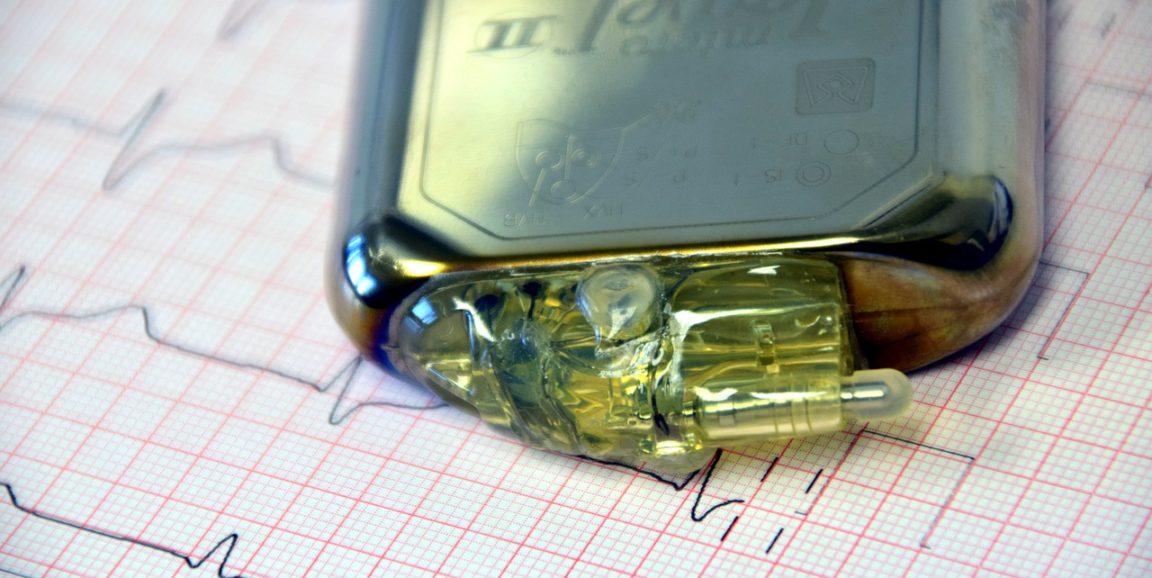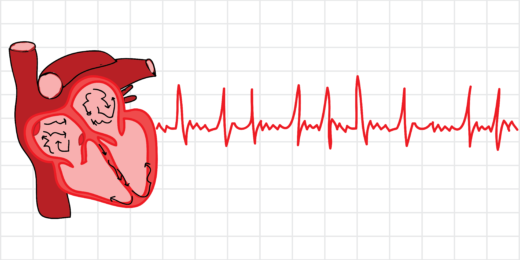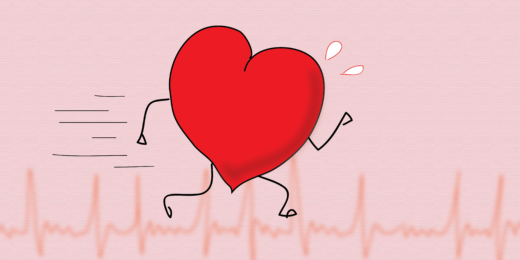As we have learned in earlier posts in the Understanding AFib series, atrial fibrillation is a serious heart condition where the heart beats rapidly without a regular beat, like dancing without rhythm.
A typical approach is to slow down the heart rate with medications, such as beta blockers. If the heart is weak to begin with, however, slowing down the heart may not be an adequate solution. If this is the case, special drugs, pacemakers, and procedures may help keep the heart in a normal rhythm, rather than in AFib.
Medications
Several drugs, called anti-arrhythmic drugs, may be useful in keeping the heart from going into AFib. In many instances, they have proven successful in maintaining the normal rhythm of the heart.
My colleague Paul Wang, MD, who specializes in arrhythmias like atrial fibrillation, explained:
Anti-arrhythmic medications are often used if a patient continues to have symptoms from AFib (like dizziness or fatigue) even after starting medications to lower their heart rate. These drugs can increase the time spent in a normal rhythm, which improves quality of life... The problem with anti-arrhythmic drugs is that they often have side-effects that make them difficult to take long-term.
National data show that the most commonly used anti-arrhythmic drugs are amiodarone (used by 5 percent of AFib patients), sotalol (4 percent), and flecainide (3 percent).
Pacemakers
In addition to medications, some patients with AFib may also need to have a pacemaker. A pacemaker is a small device placed under the skin of the chest that delivers an electrical signal to the heart that forces the heart to beat.
Some of the drugs that keep patients in a normal rhythm also slow down the heart to the point where it would beat too slowly. A pacemaker provides a back-up system so that the pacemaker fires when the heart slows down too much. Many modern pacemakers are also small computers that can perform multiple functions, including recording recent heart activity.
Procedures
Several procedures can be performed on the heart that force it to remain in a normal rhythm. Many of these procedures are done through a catheter, a thin tube that is threaded through a blood vessel up to the heart.
Once in the heart, small areas of the heart can be burned or frozen so that the chaotic electrical impulses in the heart’s upper chambers are interrupted and no longer continue firing. By destroying some of the tissue in the atria, these ablation procedures disrupt the heart’s faulty electrical impulses.
It is also possible to destroy the electrical connection between the heart’s upper (atria) and lower chambers (ventricles), known as the atrioventricular (AV) node. By destroying the AV node, no electrical signals can make it into the ventricles. A pacemaker is then required to keep the heart beating.
Other options, such as a Cox Maze procedure, may require open-heart surgery. Like ablation, they disrupt the electrical circuits in the heart’s upper chambers by creating a pattern (like a maze) of scar tissue using a scalpel or other device. These procedures are generally not recommended early in AFib because they carry their own risks and potential complications. It's also possible the surgery may not work, especially long-term.
For some patients, however, these types of procedures offer a chance for a cure for Afib, allowing for greater health and well-being.
This is the sixth post in the Understanding AFib series to help patients with atrial fibrillation live healthier lives. George H. is an actual patient with some details altered to protect his confidentiality. Estimates of drugs used for rhythm control in AFib come from IQVIA’s National Disease and Therapeutic Index.
Randall Stafford, MD, PhD, is a professor of medicine at Stanford and practices primary care internal medicine. Stafford and Stanford cardiologist Paul Wang, MD, lead an American Heart Association effort to improve stroke prevention decision-making in atrial fibrillation.
Photo by ulleo






